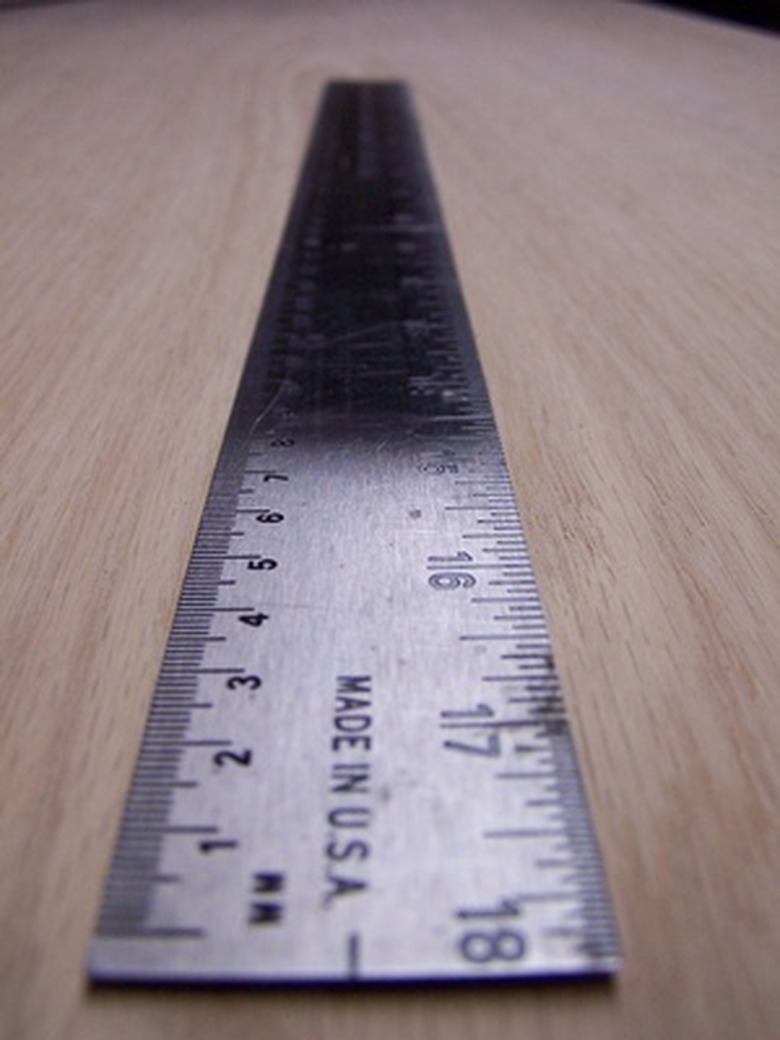How To Calculate FPM
FPM is an acronym that stands for Feet Per Minute. It is a measurement used to determine the speed at which different things travel. Being able to calculate feet per minute can come in handy when you need to compare the speeds of multiple objects. It can also help you make more informed decisions regarding which speeds are ideal for your project, be it anything from performing a high school science experiment to developing a new form of transportation.
Step 1
Set the timer on your stop watch to 0.
Step 2
Prepare the object you want to measure. Decide on a starting point from which the object will begin its motion and mark this spot.
Step 3
Set the object you want to measure in motion. Start the stop watch as soon as the object begins moving.
Step 4
Allow the object to travel for one full minute. Mark the spot where the object ends up after one minute.
Step 5
Measure the distance between the object's starting point and ending point. The measurement should be taken in feet. The resulting number will be the FPM of your object.
Things Needed
- Stop watch
- Tape measure
References
Cite This Article
MLA
Bagley, Soren. "How To Calculate FPM" sciencing.com, https://www.sciencing.com/calculate-fpm-6660245/. 24 April 2017.
APA
Bagley, Soren. (2017, April 24). How To Calculate FPM. sciencing.com. Retrieved from https://www.sciencing.com/calculate-fpm-6660245/
Chicago
Bagley, Soren. How To Calculate FPM last modified March 24, 2022. https://www.sciencing.com/calculate-fpm-6660245/
